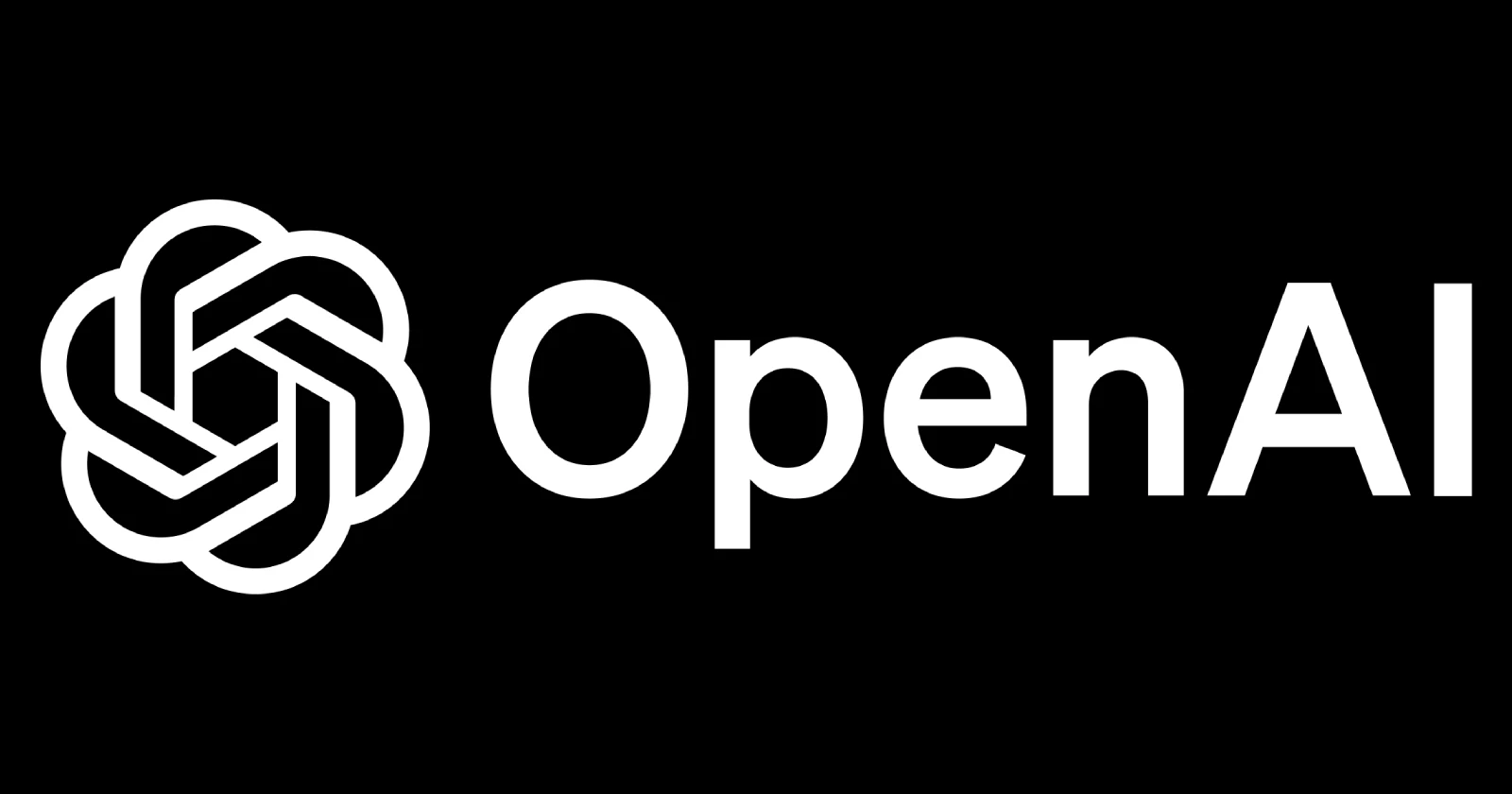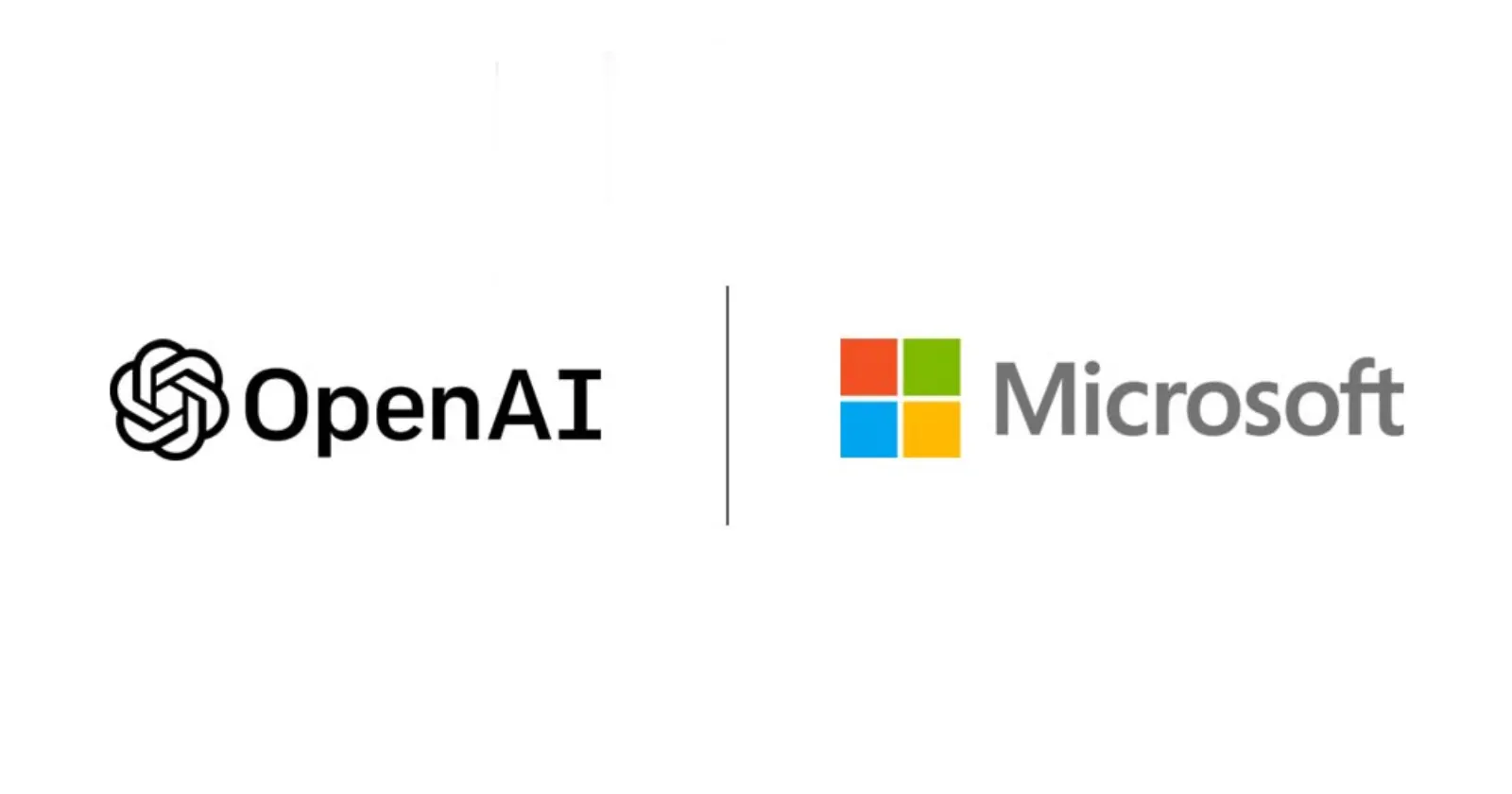no thank you but we will buy twitter for $9.74 billion if you want
— Sam Altman (@sama) February 10, 2025
OpenAI’s struggle over who really holds the reins has been playing out for years. It began in December 2015 when Sam Altman, Greg Brockman, Ilya Sutskever and Elon Musk launched OpenAI as a nonprofit research lab aimed at advancing artificial intelligence in the public interest.
From the start they pledged to share their work freely rather than chasing profits. But by 2019 they hit a funding wall. Cutting-edge AI needs massive compute power and top talent. So OpenAI spun out a for-profit arm, OpenAI LP, under a “capped-profit” model that limited investors’ returns at 100 times their stake while keeping governance firmly in nonprofit hands.
That balance has never been easy. Microsoft poured over $13 billion into OpenAI to train and host models like ChatGPT and DALL-E. That backing cemented OpenAI’s place at the top of the AI race. But some founders and critics feared profit pressures would overshadow the mission. Tensions flared when OpenAI began moving toward an even more independent for-profit structure late last year.
In December 2024 OpenAI proposed converting its subsidiary into a standalone public benefit corporation. Under that plan, the new entity would raise fresh capital and grant equity to executives, while the nonprofit would swap most of its control for shares and use the proceeds to fund charitable work. Supporters argued the change was needed to attract the billions required to stay competitive. Opponents warned it risked diverting “charitable assets” to investors and weakening the nonprofit’s oversight.
Elon Musk jumped into the fray in early 2025 with a lawsuit accusing OpenAI’s leadership of abandoning its founding charter. He argued closed-source tools and big-money deals betrayed the goal of shared progress. Musk’s bid went further when a consortium he led offered $97.4 billion to buy the very nonprofit that owned OpenAI’s for-profit arm. Some saw the takeover attempt as a move to block the spin-out and keep investor control in check. Of course, Open AI rejected this offer and Sam Altman snapped back at Musk, offering to buy X.
Then, in another blow to Musk, a judge ruled that he can’t stop OpenAI from going for-profit. But it seems all the pressure has seemingly led OpenAI to rethink its decision. On May 6, 2025, OpenAI announced it would scrap the proposed for-profit conversion and leave governance with its nonprofit parent. The existing LLC will still become a public benefit corporation, but the nonprofit board will hold a larger ownership stake and keep final say on major decisions.
Sam Altman and Bret Taylor emphasized that they made this call after conversations with civic leaders and the attorneys general of California and Delaware. Altman said OpenAI “was founded as a nonprofit, and going forward will remain a nonprofit that oversees and controls the for-profit.”
In simple terms, a nonprofit in the US can’t distribute profits to owners. Every dollar must go back into its mission. A for-profit corporation’s duty is to shareholders, who expect returns. A public benefit corporation sits between, aiming for profit but legally bound to consider social impact. OpenAI’s capped-profit LP has tried to blend these goals. The recent U-turn shows how hard that blend can be when billions of dollars and rival ambitions collide.
That said, recent reports suggest Elon Musk is still going ahead with the lawsuit against OpenAI even after the change in plans. So, as AI’s economic and social impact grows, the battle over who controls these powerful technologies – and whose interests they serve – remains far from settled.
TechIssuesToday primarily focuses on publishing 'breaking' or 'exclusive' tech news. This means, we are usually the first news website on the whole Internet to highlight the topics we cover daily. So far, our stories have been picked up by many mainstream technology publications like The Verge, Macrumors, Forbes, etc. To know more, head here.



